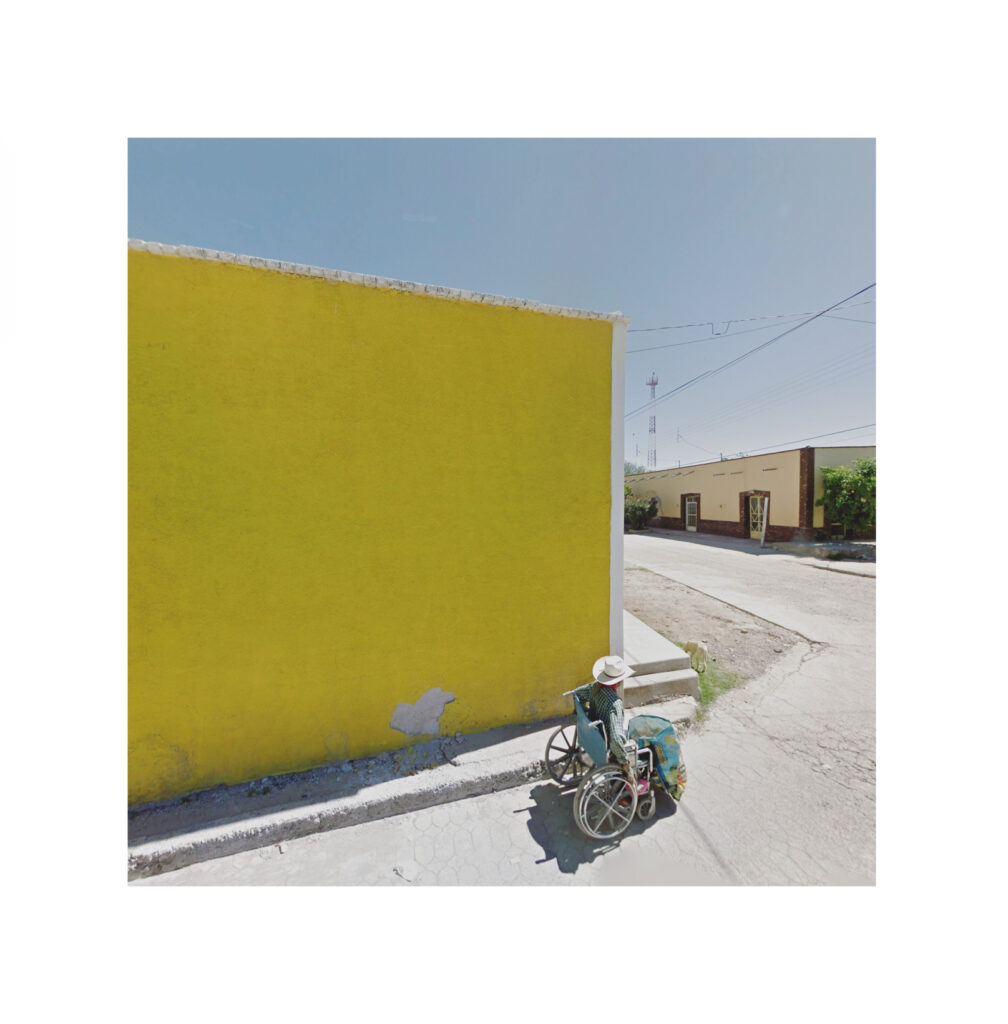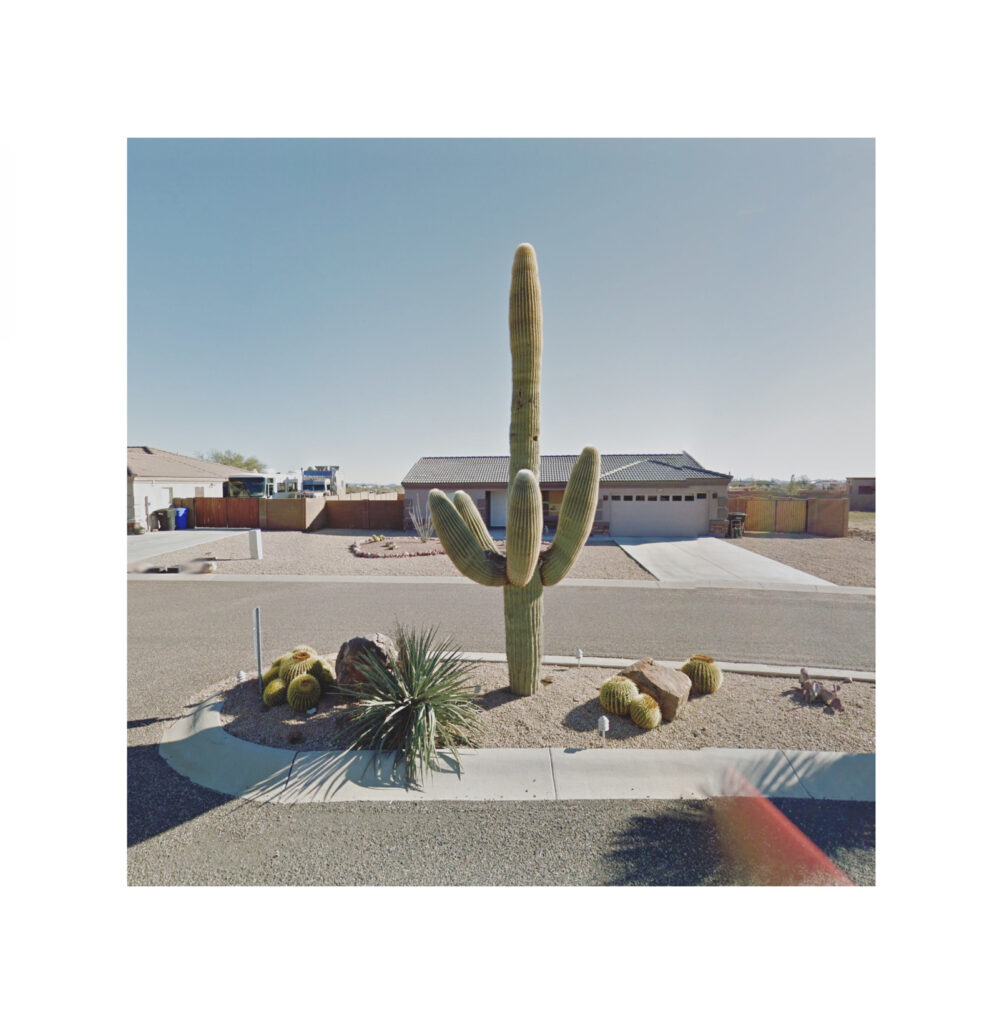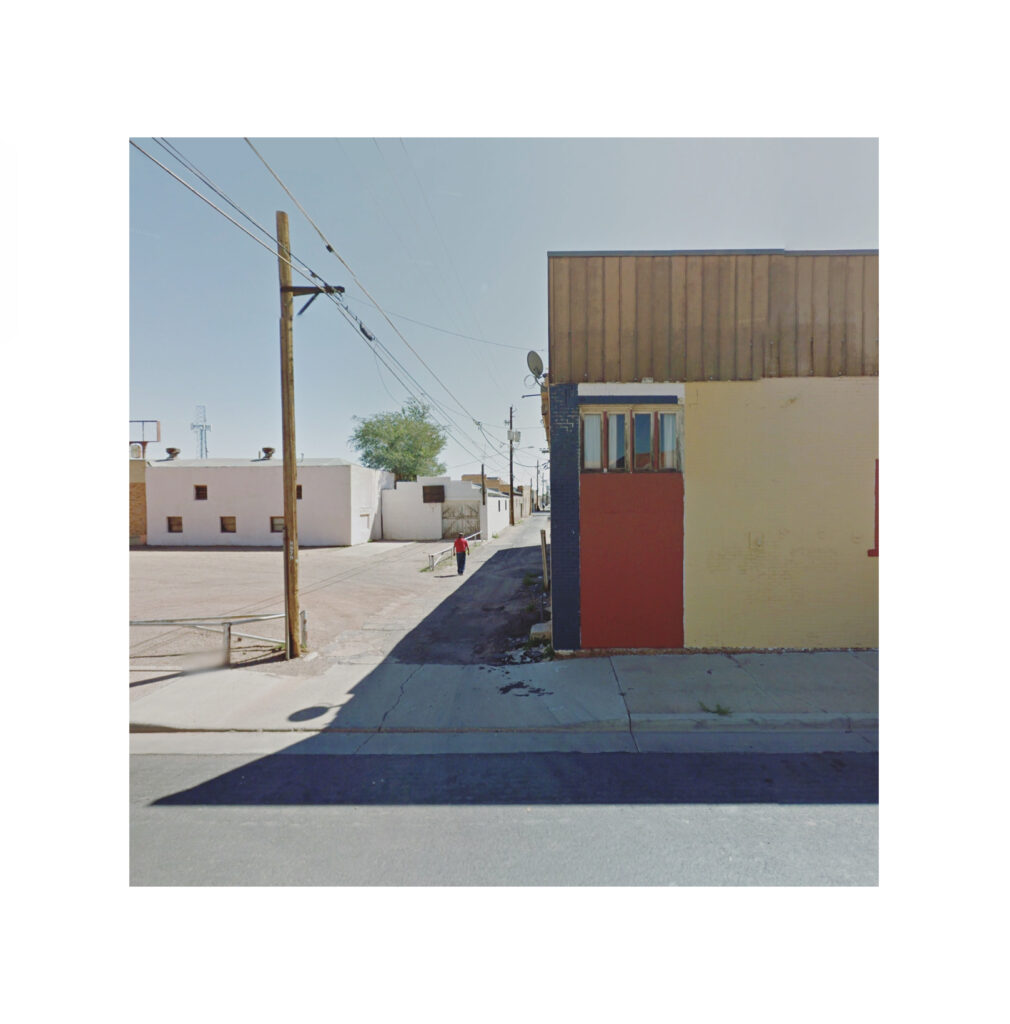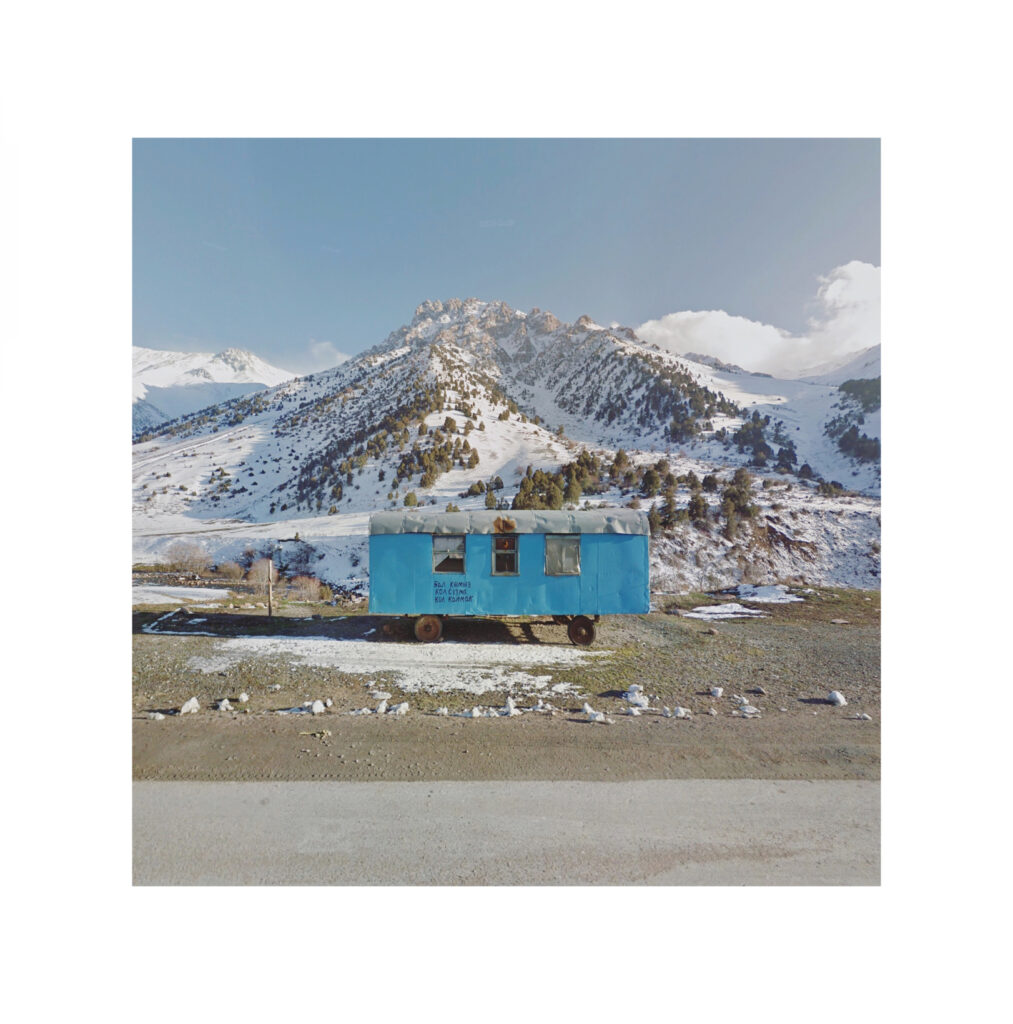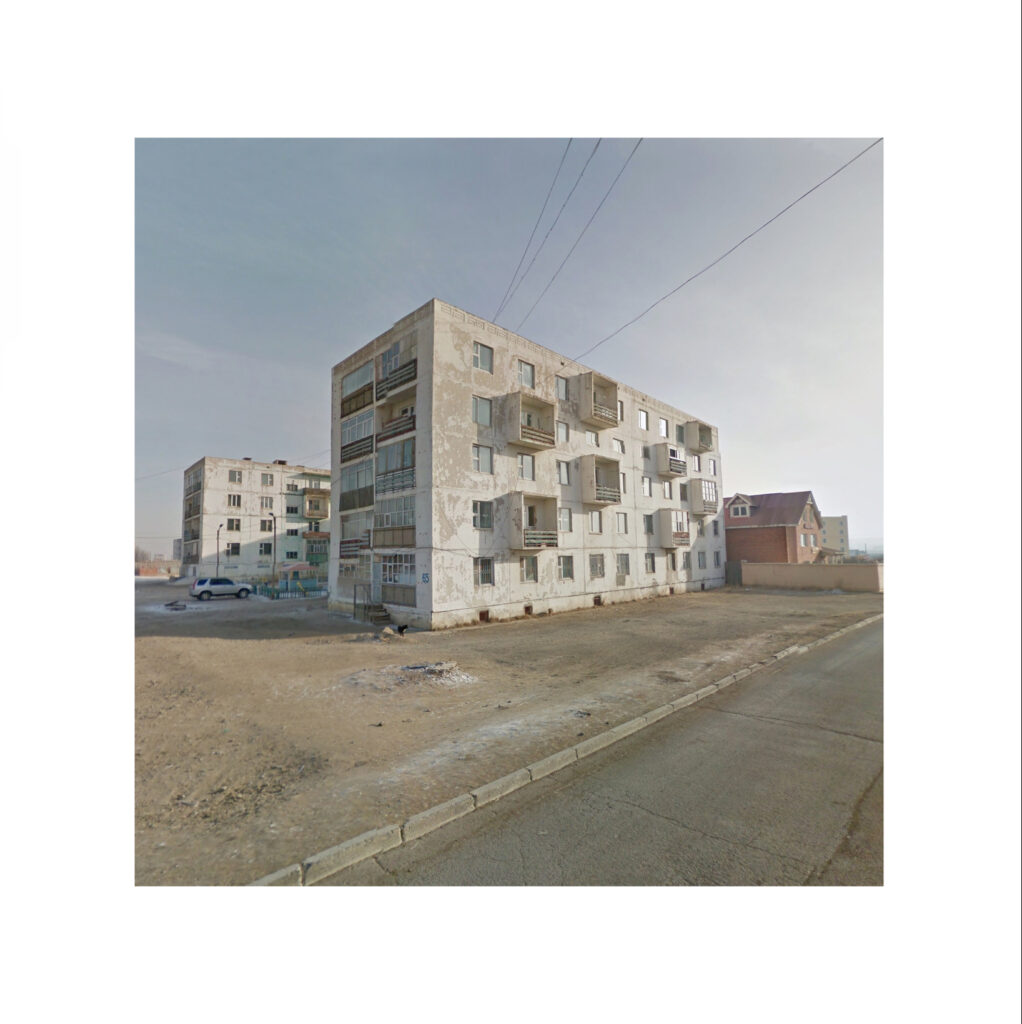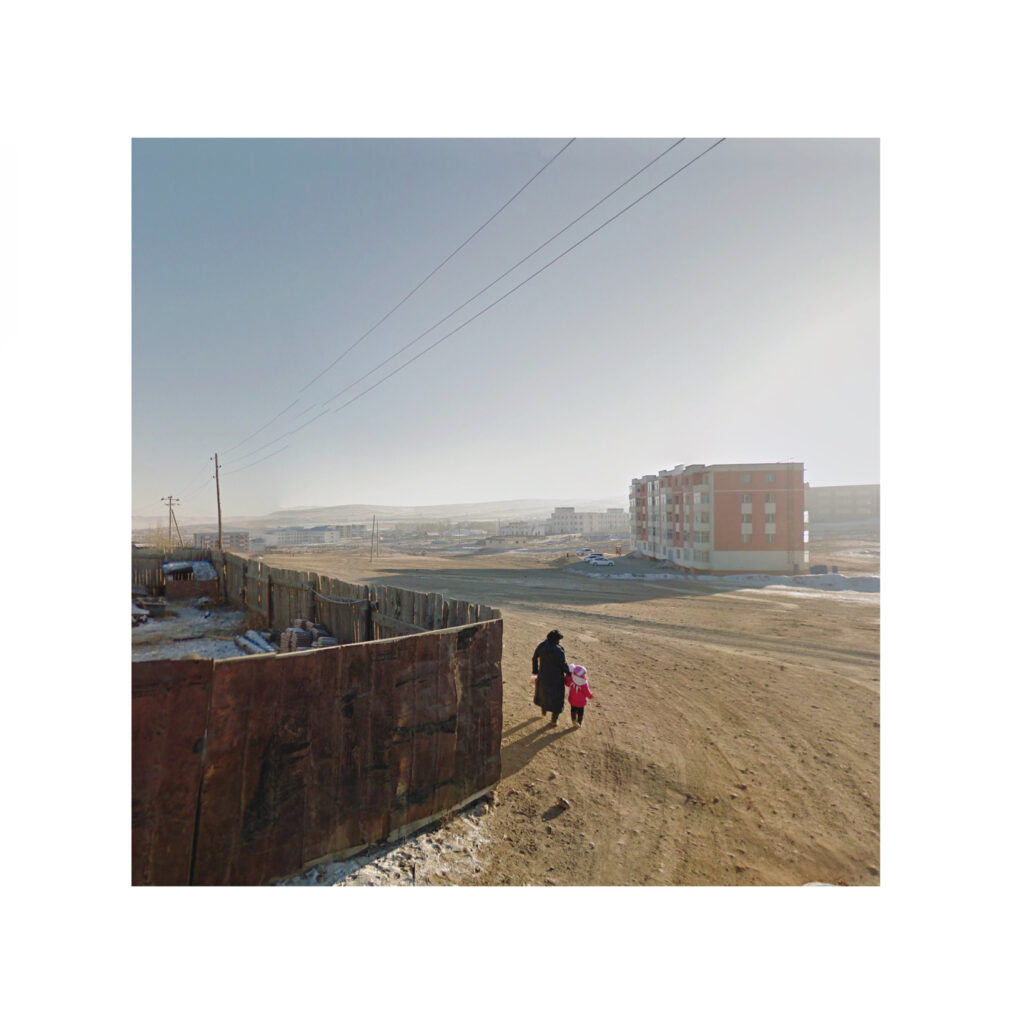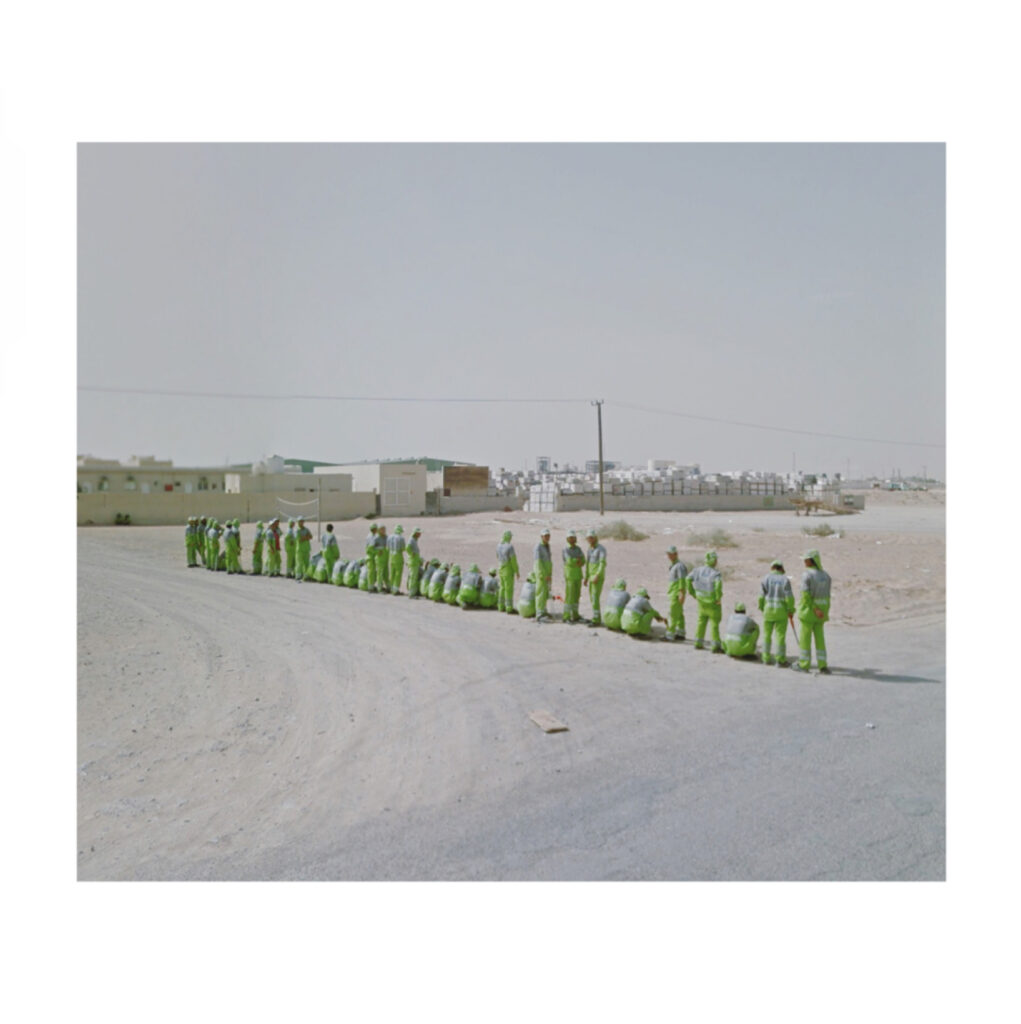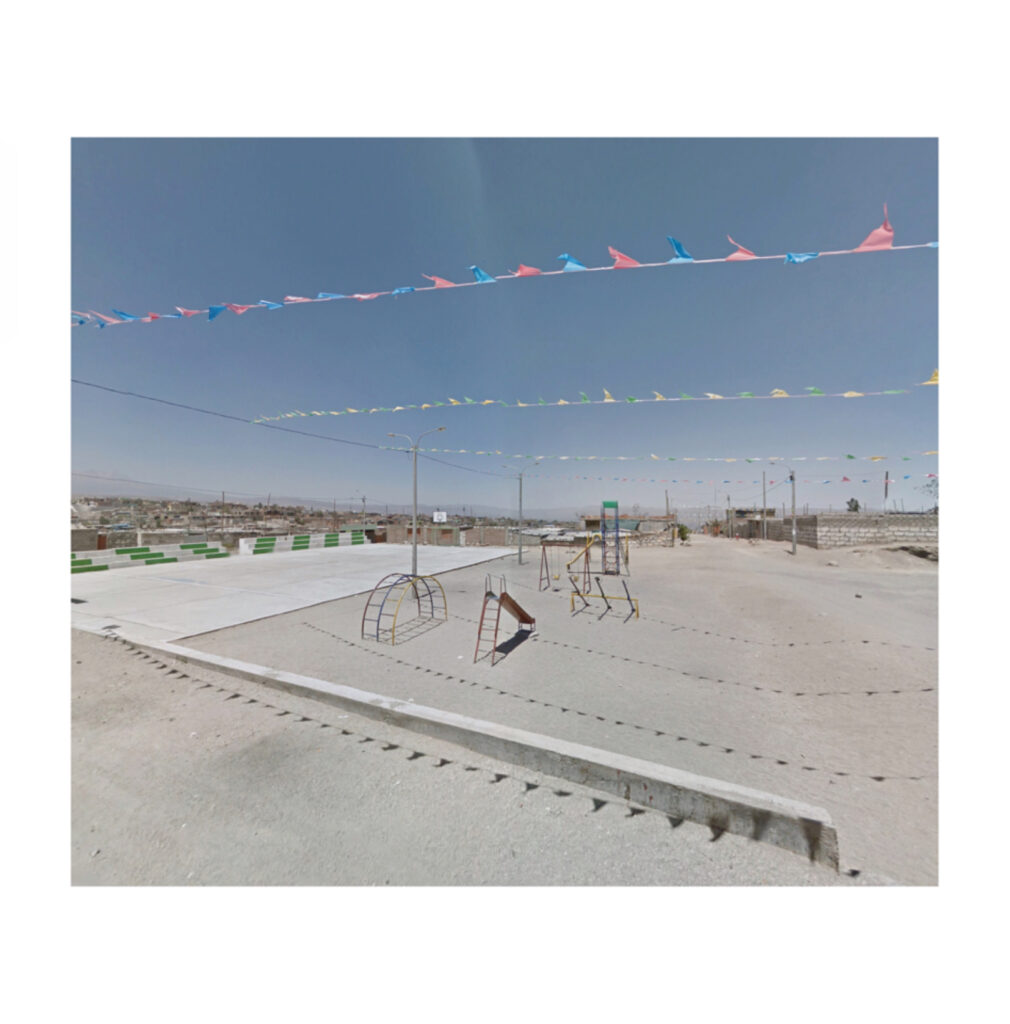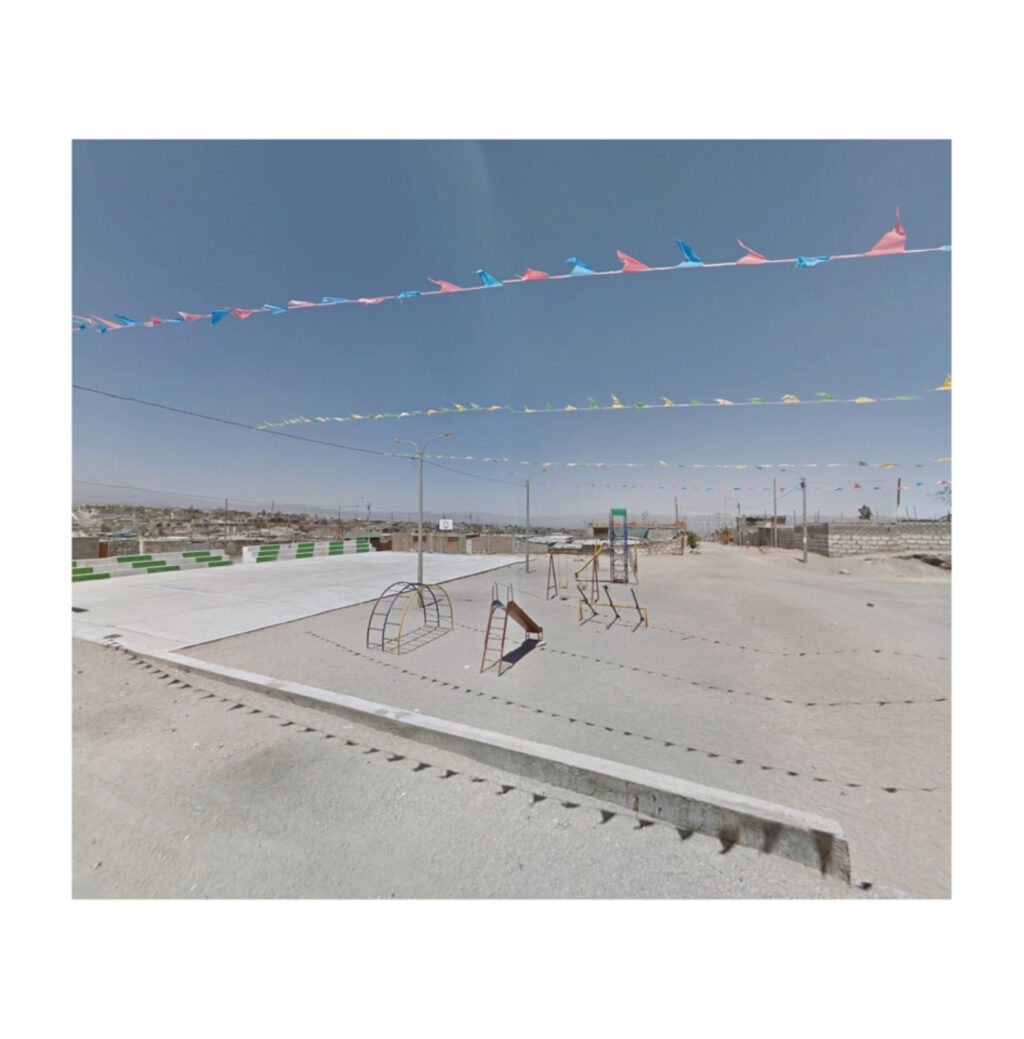Words by Amanda Vandenberg
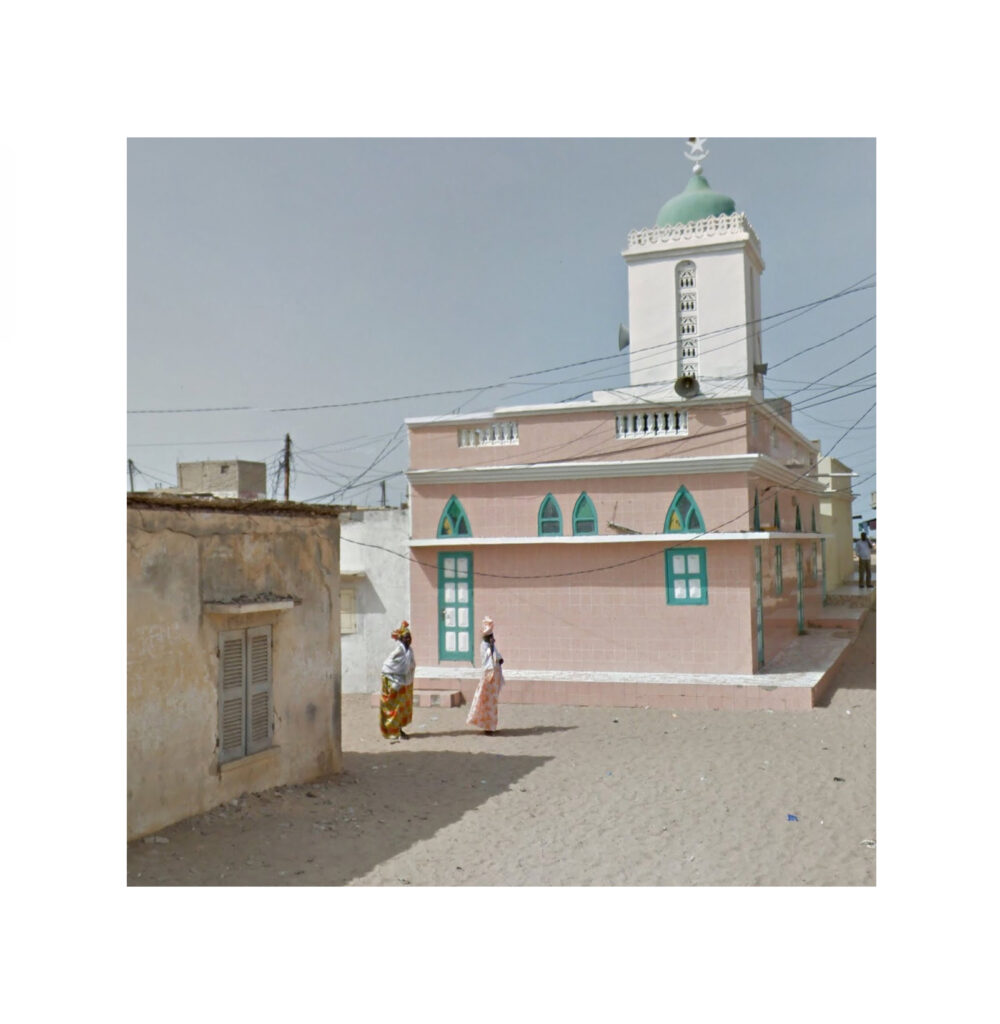
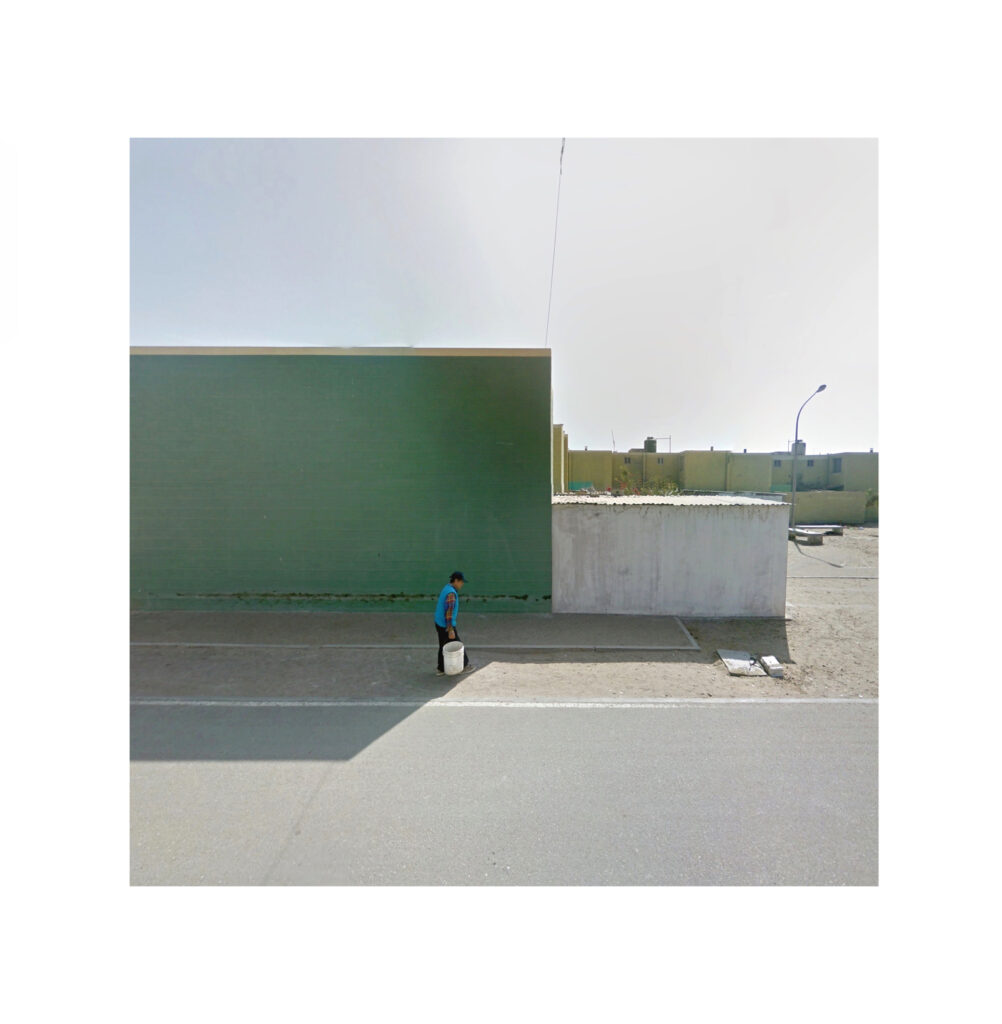
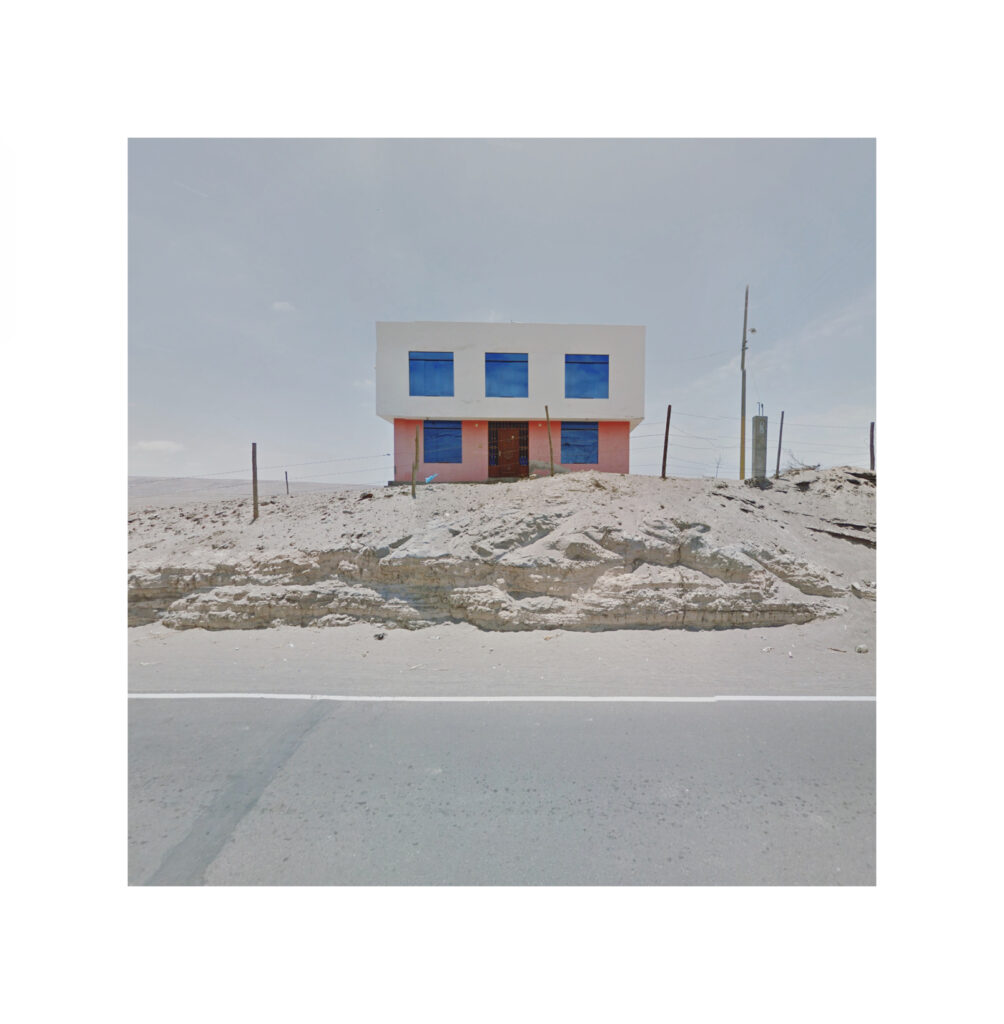
Jacqui Kenny (@streetview.portraits) has photographed the sun-bleached architecture of Tunisia, the brightly patterned women of Senegal, and the camel crossings in the United Arab Emirates. She has caught a young couple kissing in Chile, children splashing in a plastic pool on the streets of Peru, a lone man in a wheelchair in Mexico, and the anthropomorphized shadows movements of Arizona. To capture these photos, London-based Kenny has never used a camera, and she has never left her home.
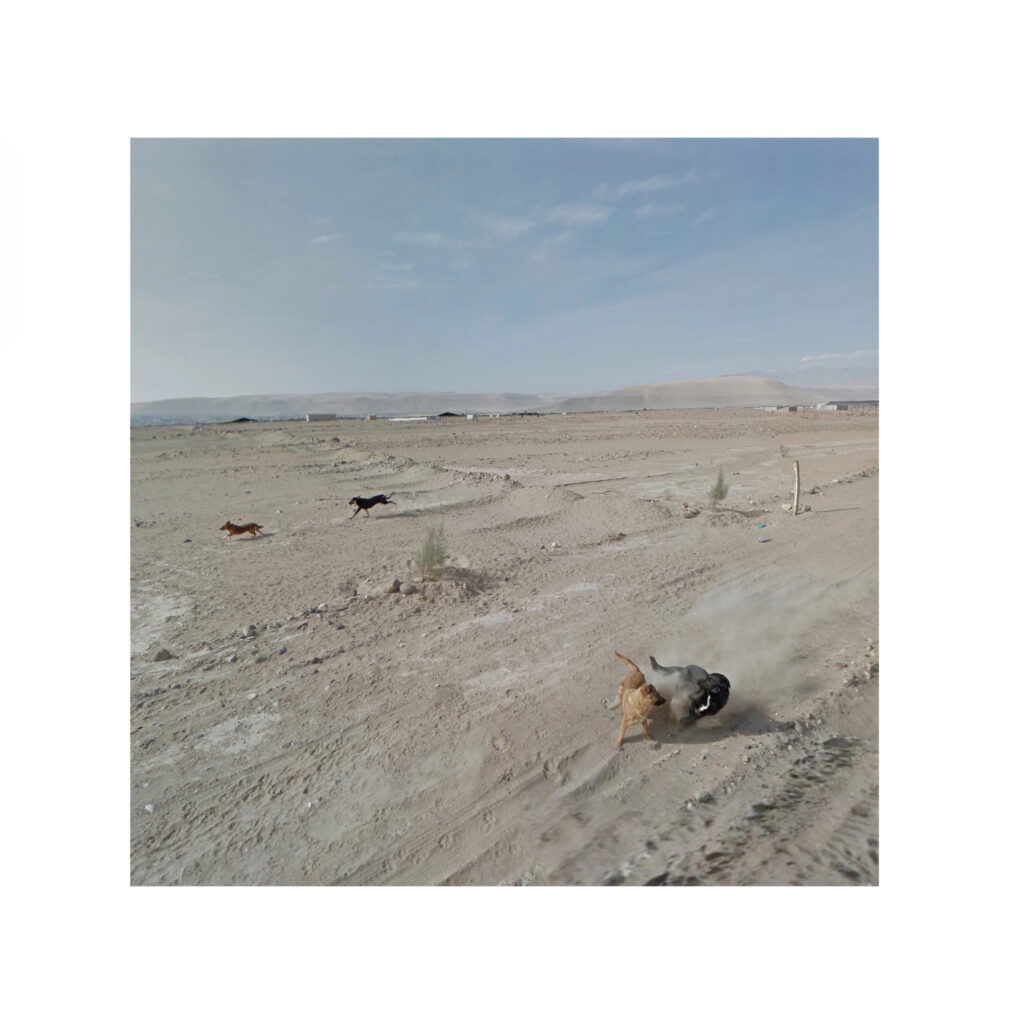

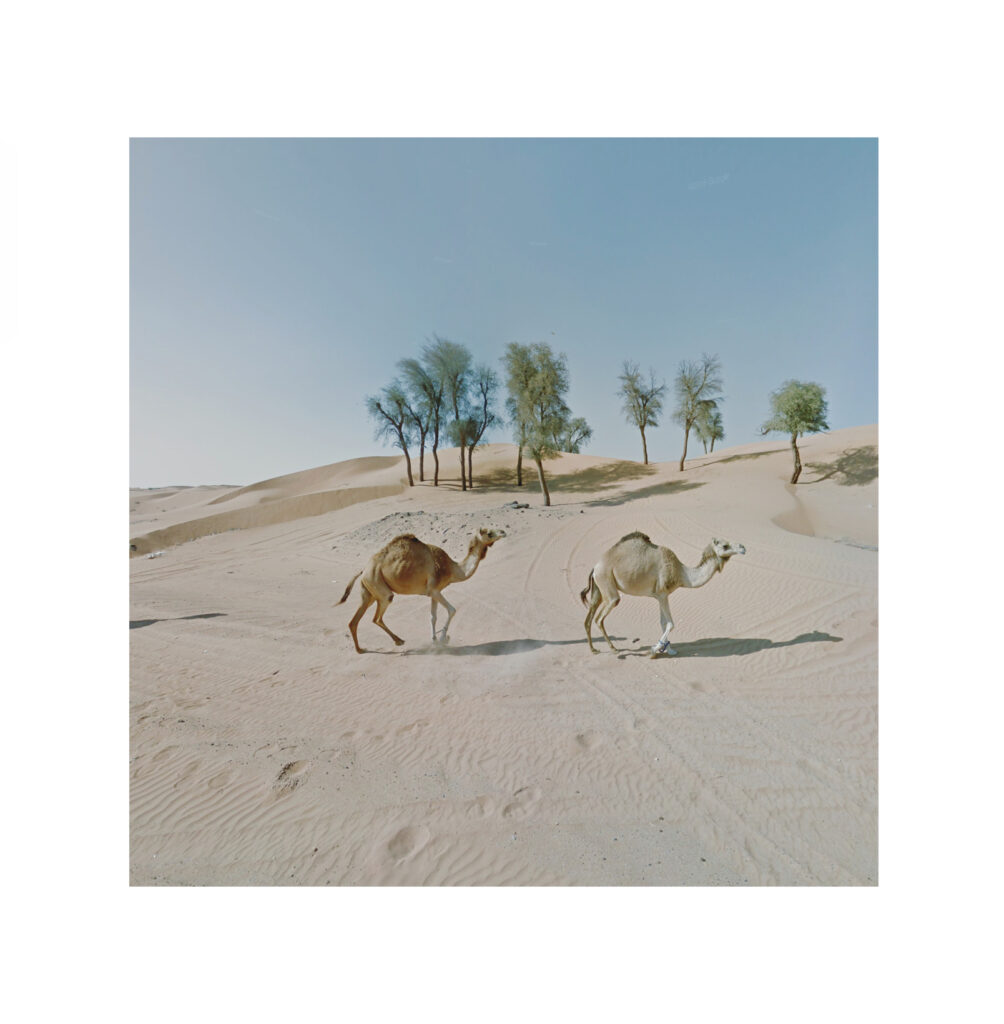
Kenny lives with agoraphobia, an anxiety condition that, contrary to a common misconception, is not about a fear of open spaces, but an anxiety of being placed in situations and environments that provide no easy route of escape. Traveling is often an ordeal, and when we spoke, she was visiting family in New Zealand for what would be a several week sojourn to really make worth the stress of the voyage.
It was when the production company she had founded ten years earlier shuttered its doors that Kenny began to search for a creative reprieve from thinking about “what’s next?” She started exploring the world on Google Street View, and it became a way of visiting remote locations she may never have the chance to encounter otherwise. A casual hobby rapidly evolved into a visual devouring of remote, international neighborhoods, and Kenny began to take screenshots when she happened upon a particularly arresting image. She began to seek out distinct qualities in her landscapes – small towns full of negative space, horizons free of cars and clutter, colorful frameworks standing alone. Clicking through the world like this was freeing, and as the passion grew, she described it as “not just escape, but a way for me to start discovering a style that I didn’t even know I had.”
The style Kenny has developed is distinctive, and though the imagery was captured automatically by the camera atop the Google Street View van, the vignettes she posts on Instagram under the moniker ‘Agoraphobic Traveller’ clearly show her hand, much like the individualized brush strokes of paintings lend to their authentication. Her more than 90K followers can expect recurring motifs – isolated and colorful dwellings in stark, architectural contrast to blue skies, the intricate shade patterns cast by a late afternoon sun, a quiet moment overseen of one or a few individuals, their faces softly blurred by Google’s privacy protection, and a lambent, corporeal haze that consociates even the most distant corners of the terrain.
Kenny mentions that, “Street View is this parallel universe. It’s like I’m creating a whole new world.” Indeed, there is a delicate strangeness to the images. It’s almost as though you’re seeing them through the wrong end of a telescope, happening in the present, but from a distant time all the same. They feel rare and quiet and reverberate something you cannot quite put your finer on, but certainly speaks to the universality of the human condition. When sifting through the endless possibilities, it’s an identifiable feeling when an image correctly clicks. Since beginning the project, Kenny has amassed an assortment of over 27,000 photos, clarifying that she can sort through hundreds before landing on one she actually likes. There are times on her virtual strolls when she needs to taper her expectations, that something can seem beautiful from far away but then ruined by a passing car, a flare, or not quite the right composition.
Last year, Kenny was granted permission from Google to sell a series of limited edition prints, with £10 from each sale going towards the Brain and Behavior Research Foundation, a global nonprofit organization focused on improving the understanding, prevention, and treatment of mental illnesses. Photos here are from that collection, and numbered prints are available for purchase through her website, www.theagoraphobictraveller.com.
Though it may seem contradictory, the project that arose in direct response to her agoraphobia may turn out to be a form of liberation, with excitement mounting for potential exhibitions in Barcelona, Berlin, and San Francisco. She has daydreams about bringing her images to life, filming scenes in the places she has screenshot – meaning traveling to the locations she has visited only through her computer. In the future (with Google’s go-ahead), she would love to publish a book. More conceptually, Kenny is thinking about handing the project over to artificially intelligent search engines, ones that would be trained over months to pick out imagery Kenny would pick herself. She muses, “Would it create emotional content with no human involvement whatsoever?”
Kenny is still a bit in awe of the way things have come together. When her work landed on the front page of National Geographic she thought, “How is that possible? I didn’t travel and I didn’t use a camera – aren’t those the two prerequisites?”
But clearly, she is showing us all a special version of the world – one that more and more people are eager to glimpse.
